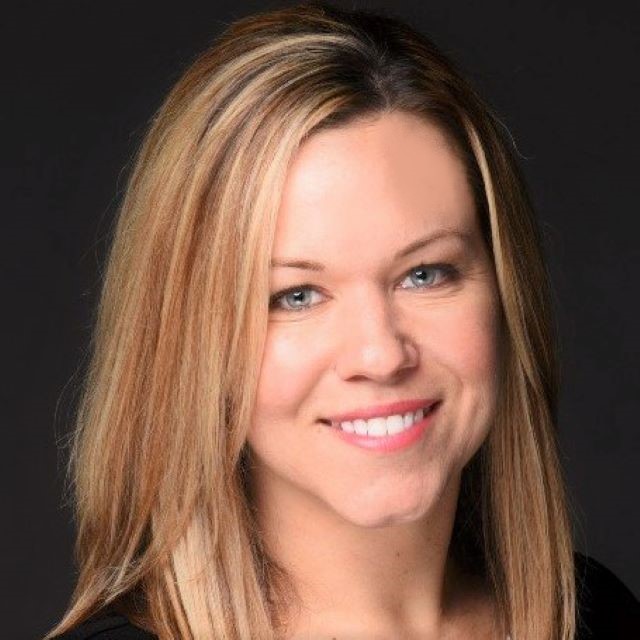
Stephanie Shields is the head of employee benefits at Equitable.
She's in charge of an effort to help Equitable protect more workers against disaster and buffer the insurer against the effects of low interest rates and market volatility on annuities by expanding sales of nonmedical health products such as dental, vision and accident insurance, along with life insurance, critical illness insurance and short-term disability insurance.
The Penn State alum started out as a marketing consultant at Willis Towers Watson. She then spent 11 years working in product development at Cigna and six years in product innovation and marketing at Aflac.
Equitable put Shields in her current position in May.
Via email, we asked Shields a set of questions that touch both on her professional knowledge and on what she does off the clock.
1. What trends in the employee benefits space are you watching most closely right now and why?
First, employee benefits as a talent retention tool. Given the competitiveness of the job market now and employee expectations, companies, especially small businesses, are focused on providing new and nontraditional benefits that bring value to employees' lives and meet the needs of today's diverse, multigenerational workforce.
Second, technology adoption. Employers are seeking to connect remote or hybrid workforces in meaningful and engaging ways. To better serve their employees, employers are increasingly embracing collaborative tools and leveraging benefits administration platforms.
2. How has the employee benefits space been changing recently in 2021, and how do you expect it to change in 2022?
More than ever, there is a heightened focus on mental health and financial wellness. I expect that in 2022, many employers will be hyper-focused on the employee experience, to ensure that their employees feel connected, included, and taken care of.
Also, it's been well documented that individuals are accessing these types of programs virtually in an accelerated fashion through programs like telehealth services for counseling.
3. What would you suggest employers do now or consider doing in the future to plan for these changes?
As we close out 2021, I think employers have an opportunity to look back and conduct a year-in-review assessment. It's important to identify what aspects of their benefit programs worked well and if there are areas that could be changed as a result of employee feedback or competitor trends.
We've seen employers change compensation practices and benefit offerings to attract talent in a tight job market. I believe that employers who are focused on flexibility, care, and mental health will have a leg up on the competition in 2022.
4. Who or what critical source of information do you track, or follow online, to keep up with industry trends?
I've been impressed with the thought leadership that some of the industry technology providers are producing. There have been several new white papers and webinars that push the market to think about what the future of insurance holds. In addition, I also typically read reports or articles from LIMRA, Eastbridge, EY, Deloitte, Accenture, Majesco, Employee Benefit News, ThinkAdvisor and other HR publications.
I also love a good audiobook or podcast, so I also seek out and listen to information on topics that affect my organization but might not be tied to the insurance industry directly. If you haven't checked it out yet, Simon Sinek has a great podcast called a Bit of Optimism that I would highly recommend.



